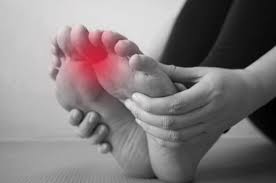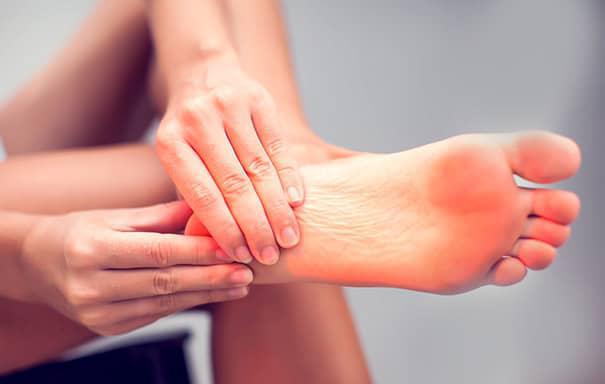Roohealthcare.com – People who have diabetes or peripheral neuropathy may develop periphery neuropathy feet. Managing blood glucose levels, cholesterol, and blood pressure can help prevent nerve damage. In addition to managing diabetes, diabetics should also take good care of their feet and check them regularly. For example, diabetics should take off their shoes before entering an examination room to remind the doctor to check the condition of their feet. A foot exam should be done at least once a year, and if needed, the physician may refer a patient to a podiatrist.
Lifestyle Changes for Patients with Peripheral Neuropathy
Other than medical treatment, lifestyle changes are crucial for those with peripheral neuropathy. You should avoid smoking and limit alcohol intake. Try to keep your feet clean and dry to reduce pain and inflammation. Your doctor may also prescribe topical creams or supplements containing capsaicin, which may help alleviate pain associated with neuropathy. While these treatments may provide temporary relief, it is important to speak with your doctor before using any treatment.
Besides seeing a podiatrist, a family physician, an internist, or a physician specializing in diabetes may be needed for peripheral neuropathy diagnosis. Diabetics should take special care of their feet, inspecting them daily and moisturizing them regularly. Because peripheral neuropathy is the result of damage to nerve groups, it can affect the entire body. Fortunately, treatments can help slow the progression of the disease, reduce pain, and improve quality of life.

Diabetic peripheral neuropathy may be caused by autoimmune disorders, physical damage, and toxins. Some of the most common causes include diabetes, a weak thyroid gland, and chronic kidney disease. In rare cases, peripheral neuropathy can be caused by other factors such as alcohol abuse or autoimmune diseases. Diabetics should seek medical care as soon as possible as they experience numbness, burning, and tingling in their feet and hands.
Safe Balance Exercises for Peripheral Neuropathy
Diabetics may be able to benefit from moderate aerobic exercises and other types of exercise. Patients must also take precautions to prevent foot ulcers. Generally, patients with diabetes should limit their activity to only those activities that are comfortable for them. Fortunately, moderate aerobic and balance exercises are safe for patients with peripheral neuropathy. In severe cases, foot amputation may be necessary. Further complications of peripheral neuropathy may include problems with the heart and circulation system.
Exercise can be a valuable source of pain relief for those suffering from peripheral neuropathy. Exercise can also reduce pain by guiding the feet into a better biomechanic position. For people who have neuropathy, walking can be helpful. Taking daily walks or performing elliptical exercises can reduce pain in the feet and improve balance and muscle strength. In addition, gentle routines such as tai chi may improve plantar sensation and balance in the elderly.

A physician may run blood tests and perform MRI and CT scans to rule out other causes of nerve damage. Blood tests may also reveal vitamin and mineral deficiencies and abnormal immune function. An MRI may be necessary if nerve compression is suspected. A doctor may also order genetic testing to rule out genetic disorders. In addition, a physician may order blood tests to determine the presence of a family history of peripheral neuropathy.
Addressing the Underlying Causes of Peripheral Neuropathy
If neuropathy is caused by systemic illness, medication, or injury, treatment can delay or prevent symptoms. Treatment will focus on addressing the underlying cause of peripheral neuropathy. Antiseizure medicines, antidepressants, and dietary supplements can help. Topical medications can also help control neuropathy. These medications contain capsaicin or lidocaine. If these medications do not work, treatment may include physical therapy.
Nerve pain is often a symptom of peripheral neuropathy. The pain may be a burning or stinging sensation or it may be more localized. In the early stages, the pain may occur in intermittent bouts or last for months. The intensity of the pain increases over time. The condition may also result in muscle weakness and paralysis. Some patients may even experience numbness or burning in their feet and hands.

If peripheral neuropathy symptoms persist, it is important to see a doctor for further diagnosis. During the examination, your GP may suggest testing to determine the cause of your symptoms. If your doctor finds an underlying condition, treatment will be aimed at reducing damage and preventing further complications. The most common cause of peripheral neuropathy in the UK is diabetes, which is characterized by high blood glucose levels. People with diabetes may develop diabetic polyneuropathy, which can lead to peripheral neuropathy.